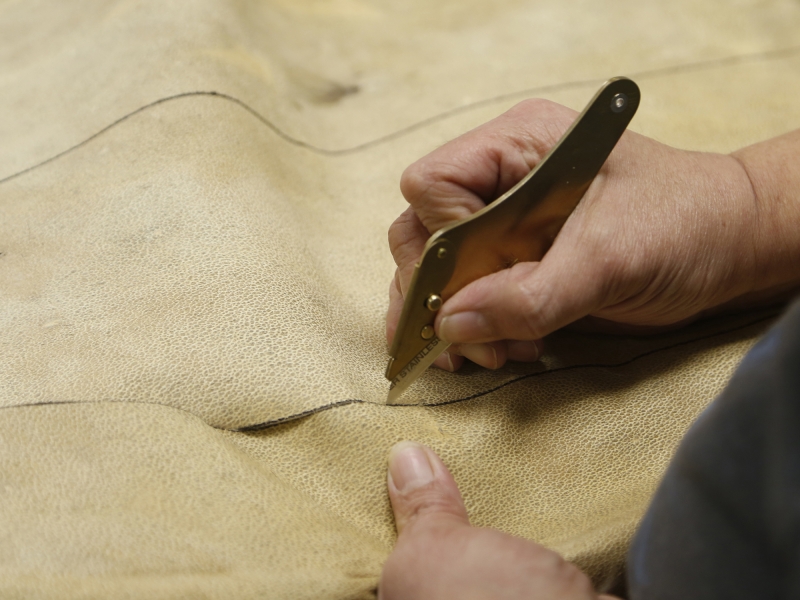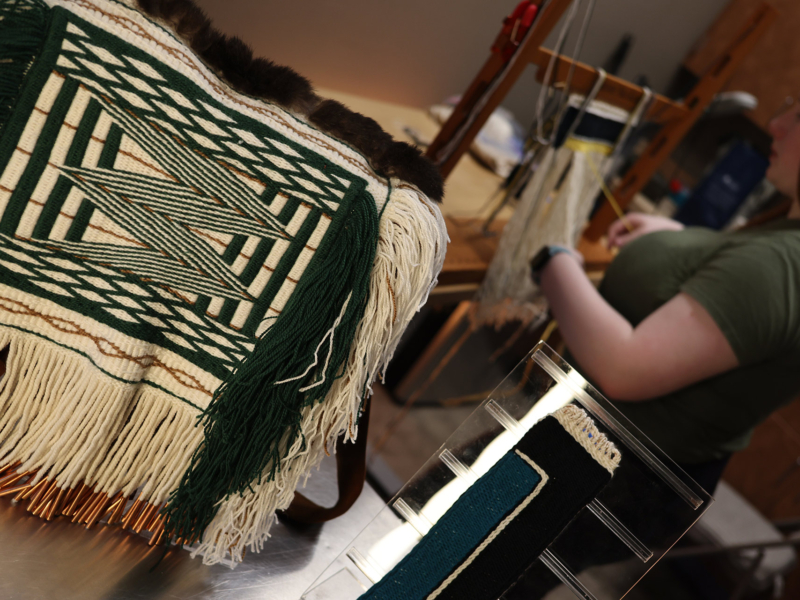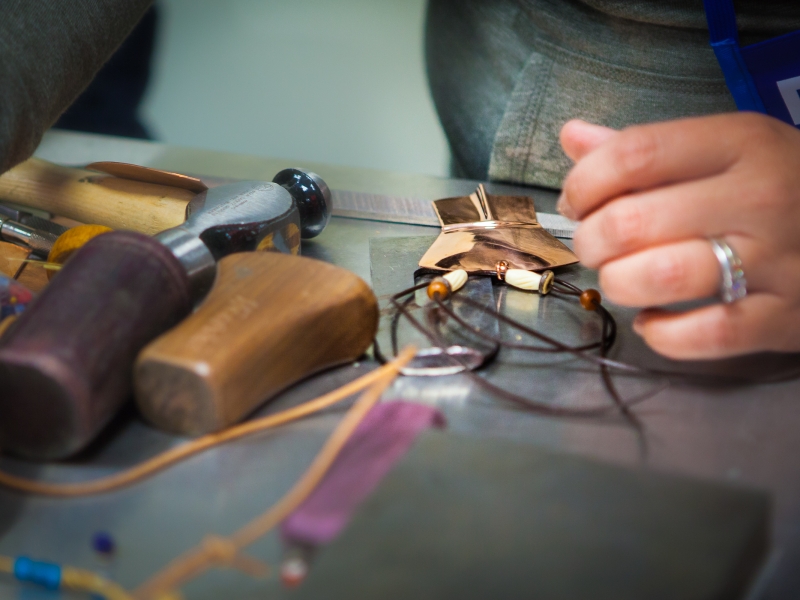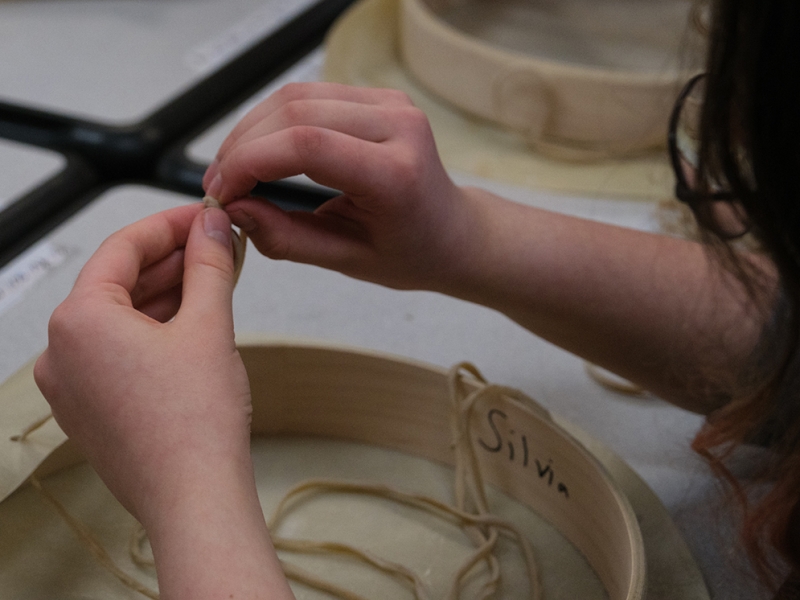Skin Sewing by Hand
<- all art classes
PETERSBURG
Skin Sewing by Hand Workshop
When: July 25-27Instructors: Deborah HeadCost: $100 PetersburgAll tools ...
Ravenstail Key Chain Workshop
<- all art classes
JUNEAU
Ravenstail Keychain Workshop
When: July 12, 5-8 pmTeacher: Smts’aalda Hana’a Vanessa KelleyCost: ...
Intermediate Metals: Silver Jewelry
<- all art classes
JUNEAU
Intermediate Metals: Silver Jewelry
When: June 20-29Instructor: Rudy IsturisCost: $150All tools and ...
Beginning Formline Design
<- all art classes
VIRTUAL
Beginning Formline Design
When: June 15-27Instructor: Steve BrownCost: $75. Optional 3 credits from ...
Business Basics for Artists
<- all art classes
VIRTUAL
Business Basics for Artists
When: June 25-27Instructor: Spruce RootCost: $25. Optional UAS creditsVirtual
Apply ...
Beginning NWC Wood Carving: Paddles & Spoons
<- all art classes
JUNEAU
Beginning NWC Wood Carving: Paddles & Spoons
When: June 15-24Instructor: Benjamin SchleifmanCost: ...
Inuit Drum-Making
<- all art classes
JUNEAU
Inuit Drum Making
When: June 13-14Instructor: Brian Walker IICost: $25. All tools and ...
Beginner/Int. Formline Design
<- all art classes
METLAKATLA
Beginner/Intermediate Formline Design
When: May 28-June 21Instructor: David R. BoxleyCost: $75. Optional 3 ...
Beginning Drum-Making
<- all art classes
VIRTUAL
Beginning Drum Making
When: May 24-June 6Instructor: Abel RyanCost: $75. Optional UAS credit
Apply ...
Beginner Formline Design
<- all art classes
VIRTUAL
Advanced Formline Design
When: May 24-June 21Instructor: Alison BremnerCost: $150. Optional UAS credit
Apply ...



